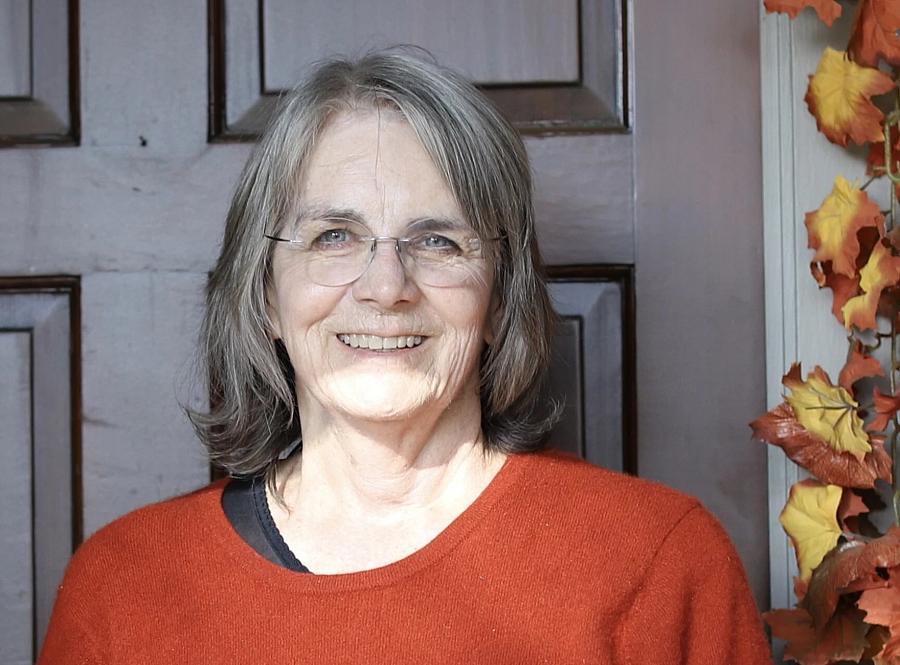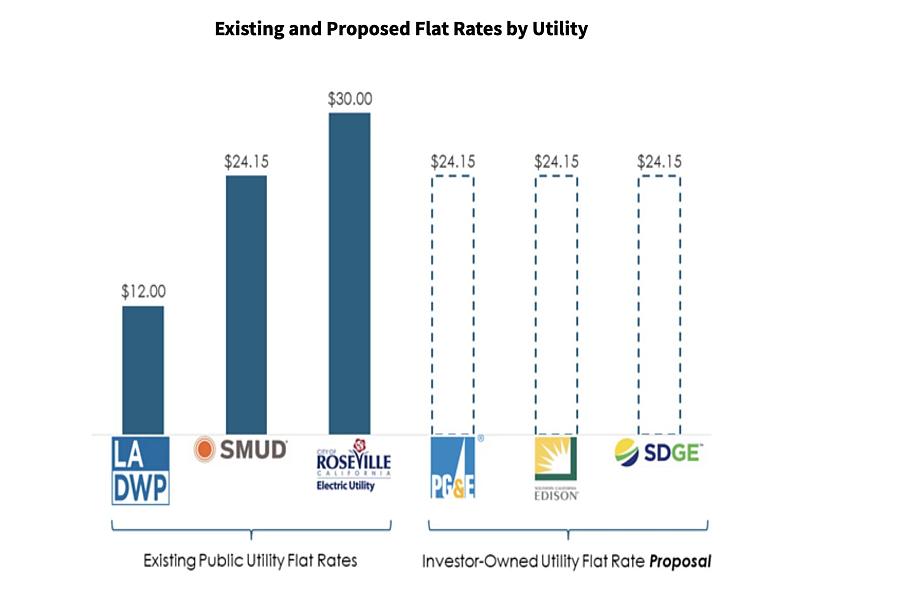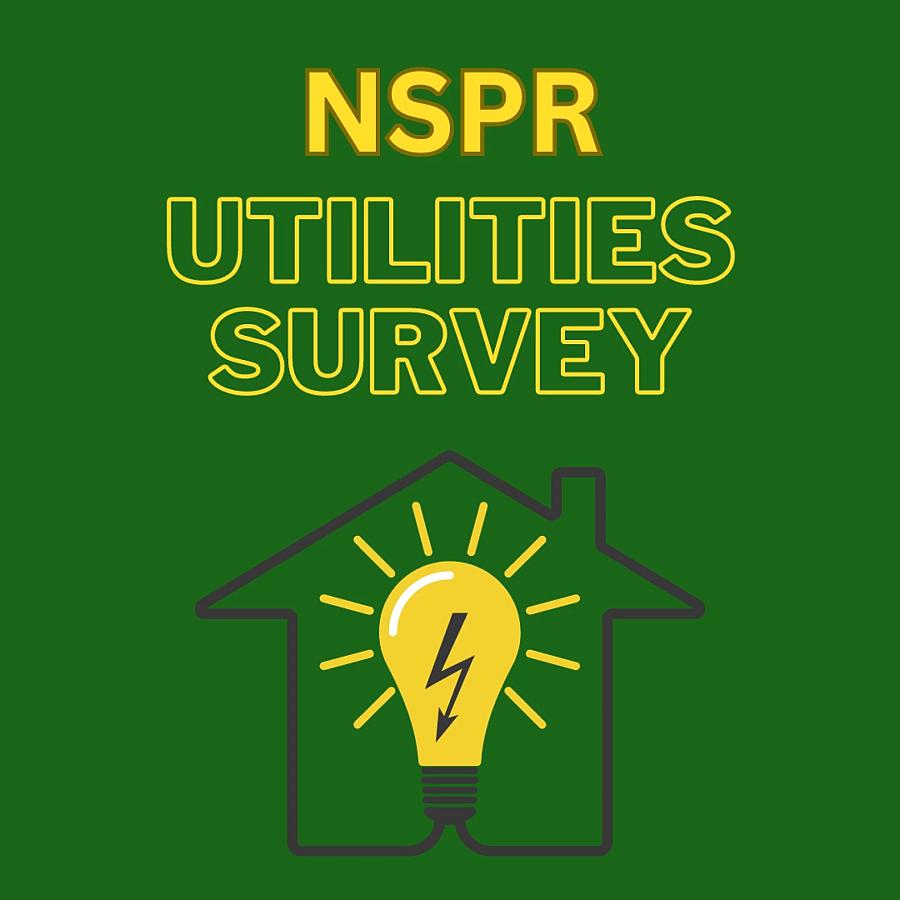California aims to restructure utility pricing. Will a new proposal help make electricity more affordable?
The story was originally published by North State Public Radio with support from our 2024 California Health Equity Impact Fund.

A PG&E maintenance truck parked in a base yard.
Photo Courtesy Of PG&E
Chico resident Leslie Howard has done everything she can think of to reduce her gas and electric bill. She’s purchased insulation blinds for her windows and fully blocked off the heating vents in two of the rooms of her four-bedroom house.
“I mean, not just closed them off. I actually put boards over them,” she said.
Over the winter, Howard heated her home with gas and kept the temperature at around 67 degrees. She wore her jacket inside rather than turning up the heat. She said one of her friends resorted to wearing a heated vest when visiting because the home was too cold for her. Despite this effort, Howard’s January bill from Pacific Gas & Electric Company (PG&E) was $859.60. Of that, $516.59 was for electricity use. She lives alone.
Howard is a widow and her children are grown. She knows she will eventually move out of the house she raised her family in, but she wants that decision to be hers.
“I was sort of hoping that I’d know it was time to leave my home when my body or my mind wasn't up to it,” she said. “Not that PG&E was going to force me out of my house.”
In January, PG&E rolled out a rate hike of about 13%. Then in April, the company added a fee of around $5.
In an April statement, PG&E said its higher rates reflect investments in infrastructure upgrades and efforts to make its systems more resilient to climate change.

Leslie Howard stands in front of her home in Chico, Calif
Photo Courtesy Of Leslie Howard
“We realize electric rates in California are some of the nation’s highest. To ease the burden of rising energy costs, we’re focused on how we can make these and future investments at the lowest cost for our customers.”
Howard said she will continue to try to reduce her bills in any way she can. In the meantime, she wants to see the state or the California Public Utilities Commission (CPUC or PUC) come up with a solution to California’s increasingly unaffordable utility rates.
“I think there has to be much better regulation and I really fault the PUC and Governor [Gavin] Newsom, who usually I'm a fan of, for not taking this into consideration and having better controls,” she said.
A proposal to lower low-income Californians' bills
Howard is not the only one who feels this way. In 2022, California legislators ordered the CPUC to implement a fixed charge component to utility bills from investor-owned companies, including PG&E, Southern California Edison and San Diego Gas and Electric. The hope was that redesigning rates would help make them more equitable by reducing costs for lower-income residents and those in areas with extreme temperatures. The deadline to vote on a proposal for adding a fixed charge is July 1 of this year.
The CPUC has considered various proposals on what a fixed charge would look like, some have been more ambitious than others. Initially, commissioners were considering a drastic rate redesign proposed by utilities where the fixed charge would be determined by income and went as high as $128. That plan drew criticism from lawmakers who were concerned higher-income residents would shoulder the costs for those who couldn’t afford their bills and from conservationists who worried low-income customers would have no incentive to reduce usage.
The CPUC is scheduled to vote on May 9 on a different proposal to restructure rates. This one would add a fixed charge of $24.15 per month to customers' bills and reduce electricity rates by 5-7 cents per kilowatt-hour. For qualifying low-income customers, the fixed charge would be between $6 and $12. The CPUC said the proposal would incentivize electrification by reducing the overall cost of electricity, making it more affordable to replace gas appliances than it is now. If approved, the new rate structure would take effect at the end of 2025, or the beginning of 2026.
Moving forward, the CPUC would closely monitor the effects of the new rate structure for potential modifications down the line.
Consumer advocacy groups favor the new plan
The new proposal has been endorsed by consumer advocacy groups including The Utility Reform Network (TURN) and the California Public Advocates Office (CPAO). Both organizations say they want to see utility rates reduced for the average California consumer and the new proposal is a step in the right direction.
“The current electric rate structure penalizes households that have less control over their electricity use, such as those that live in a hotter region or have more residents under one roof,” the CPAO said in a statement after the CPUC released the proposal.
Although the CPAO is in favor of the proposal, it also said the impacts to customers' bills would be modest.
The rate structure would largely benefit those living in areas with more extreme temperatures, by lowering the cost of energy and adding the fixed charge for infrastructure costs. Those living in areas with cooler climates who don’t use as much energy could see their bills increase under the new plan.
CPAO estimated that customers not enrolled in low-income programs could see between $6.79 in savings to an increase of $11.50 per month under the new rate restructure, depending on how much electricity they use.
Residents ask for a better solution to rising utility costs
The CPUC invited members of the public to comment on the proposal on its website ahead of the May 9 meeting. In public comments, residents seem less enthralled with the plan.
“The problem is that the PUC typically rubber stamps all PG&E requests for rate increases,” wrote Martin Smukler from McKinleyville. “By 2025-26, when this plan goes into effect, PG&E will have raised its rates so high that there will not be any savings over 2024 charges.”

Many publically owned utility companies in California already include a fixed-charge on their bills for infrastructure, but investor-owned utilities do not.
Photo Courtesy Of The California Public Advocates Office
Other customers also expressed disappointment at previously approved rate hikes. For them, the new proposal offers too little too late.
In an emailed response to a request for comment, CPUC spokesperson Terrie Prosper said that the new flat rate design would not increase revenue for the utility companies. It would lower the electricity usage rate by 5-7 cents per kilowatt-hour across all the investor-owned utility companies.

Leslie Howard's home in Chico, Calif. Howard also has a well that requires electricity.
Photo Courtesy Of Leslie Howard
The fixed charge is not considered a fee increase because it simply restructures how utility companies collect costs. California is one of the few states in the nation where investor-owned utilities don’t already include a fixed charge for infrastructure. It doesn’t increase revenue and the proposal also doesn’t prohibit utility companies from requesting additional rate increases down the line.
Impacts to customers’ bills
Leslie Howard hadn’t heard about the CPUC’s latest proposal. But she did follow the CPUC’s last meeting in March, when commissioners approved a flat fee of around $5 for PG&E customers to help cover infrastructure costs.

“Even though they had all these protesters there talking, they approved the raise last time within five minutes, which means they were not taking into consideration anything that people were trying to tell them about what a hardship this is,” she said.
If Howard saw the greatest savings benefits from the new structure as estimated by the CPAO, her January electricity bill still would likely have been more than $500.


